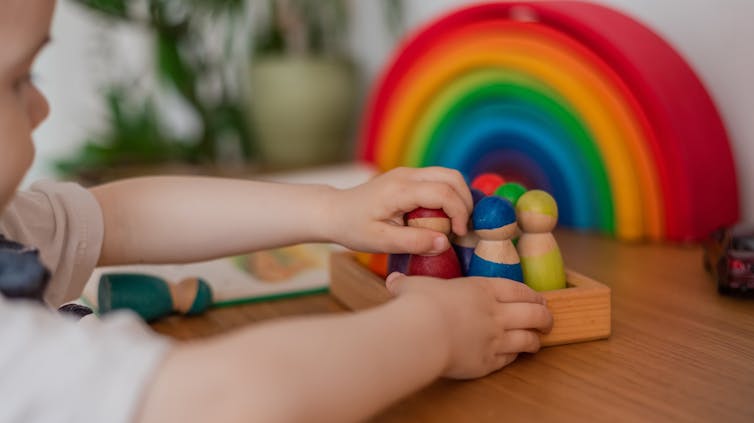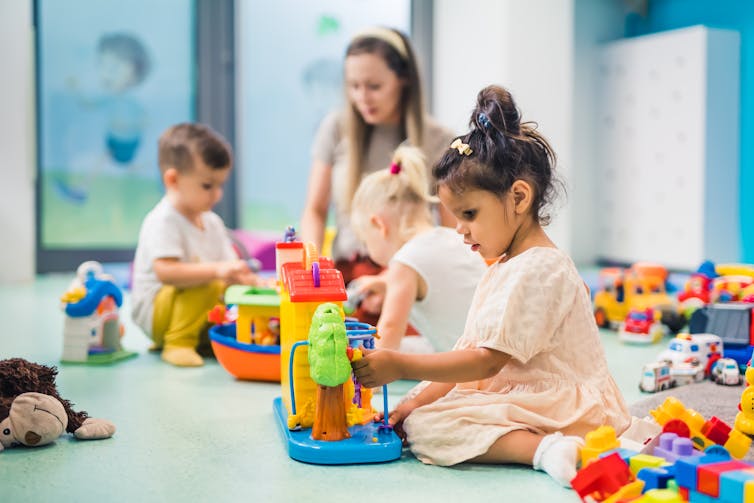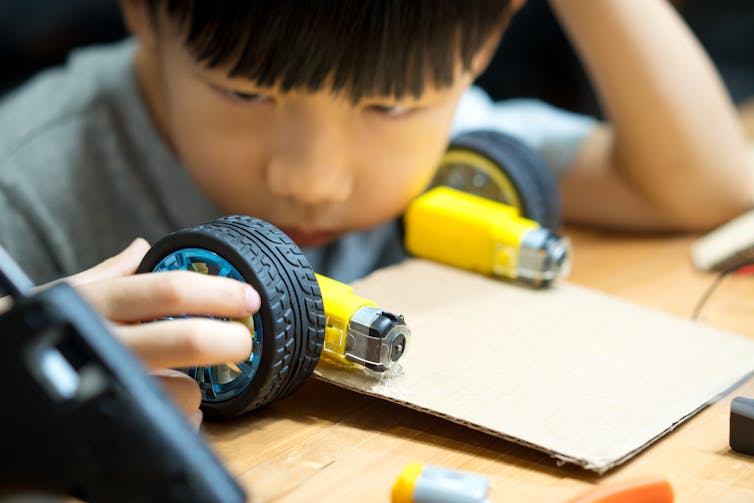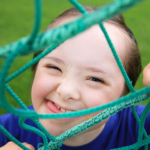
15 May Left or Right Handed: how some early childhood educators get this ‘neuromyth’ wrong
Students are neither left nor right-brained, writes Kate E. Williams. How some early childhood educators get this ‘neuromyth’ and others wrong.
Many teachers and parents know that neuroscience, studying how the brain functions and develops, is important for children’s education.
Brain development is recommended as part of teacher education in universities. Neuroscience is even mentioned in Australia’s “early years framework”, which guides early childhood programs.
Previous research has shown there are misunderstandings about how neuroscience works (or “neuromyths”) among teachers both in Australia and overseas.
Our new study also shows that there are some widespread neuromyths among early childhood educators.
What are the myths? And what does the evidence say?

Our research
We surveyed more than 520 Australian early childhood educators in 2022 to understand their neuroscience knowledge.
We chose to study early childhood educators because there is a research gap in our understanding of those who teach and care for younger children. The surveys were distributed online via multiple channels, including email lists, social media, and professional associations.
About 74% of respondents worked in a long daycare or a preschool/kindergarten (educating children in the final years before formal school). About 63% had either a bachelor’s degree or a postgraduate qualification.

Poppy Pix/ Shutterstock
Our findings
We asked respondents whether various false statements were true, in order to assess their level of knowledge about neuroscience. The average correct score was 13.7 out of 27.
Some myths presented in our study were widely and correctly understood to be false. For example, more than 90% of respondents correctly identified “when we sleep, our brains shut down” and “mental capacity is solely hereditary and cannot be changed by the environment or experience” as untrue.
But for other myths, most respondents were either unsure or believed the statement to be correct. For example:
- only 7% of respondents correctly identified “teaching to different learning styles will improve learning” as false.
- only 15% of respondents correctly identified “students are either left or right-brained” as false.
This suggests educators need more evidence-based neuroscience content as part of their professional education and development. While some neuromyths may seem harmless, others can have real implications for teaching decisions and student learning.
What is the problem with these neuromyths?
Myth 1: ‘teaching to different learning styles will improve learning’
The idea of learning styles became popular in the 1970s. This idea argued that students will show improved learning if they receive information in a very specific way. For example, “visual learners” need to see information to learn, while “aural learners” need to hear it.
Although this has been recognised as a myth since the mid-2000s, the idea of learning styles persists among educators.
While people may have preferred ways of accessing information, there is no evidence that learning suffers if information isn’t provided in this format. Research has also shown that teachers’ ideas of a student’s learning style do not tend to match students’ self-reported preferences.
So, teaching decisions made on assumed student “learning styles” may be flawed in any case.

myboys.me/ Shutterstock
Myth 2: ‘students are either left or right-brained’
Another enduring idea is that we have personality traits that are either right-brained (intuitive and creative) or left-brained (analytical and logical)
There is evidence that some brain functions hang out a little more on one side of the brain than the other. For example, language is more on the left, and attention is more on the right. However, there’s no evidence that your personality or your aptitude comes particularly from the left or right brain hemisphere.
The harm in this myth comes from students thinking they are “more left-brained than right” and teachers reinforcing this view. From here, young people might think they should just stick to the humanities, maths or science.
This could rob a student of exploring multiple academic and career paths. Sure, some students will flourish as artists, some as mathematicians and some as both. But we should not be labelling students based on a neuromyth, potentially impacting self-confidence and their potential.![]()
Kate E. Williams, Professor of Education, University of the Sunshine Coast
This article is republished from The Conversation under a Creative Commons license. Read the original article.


